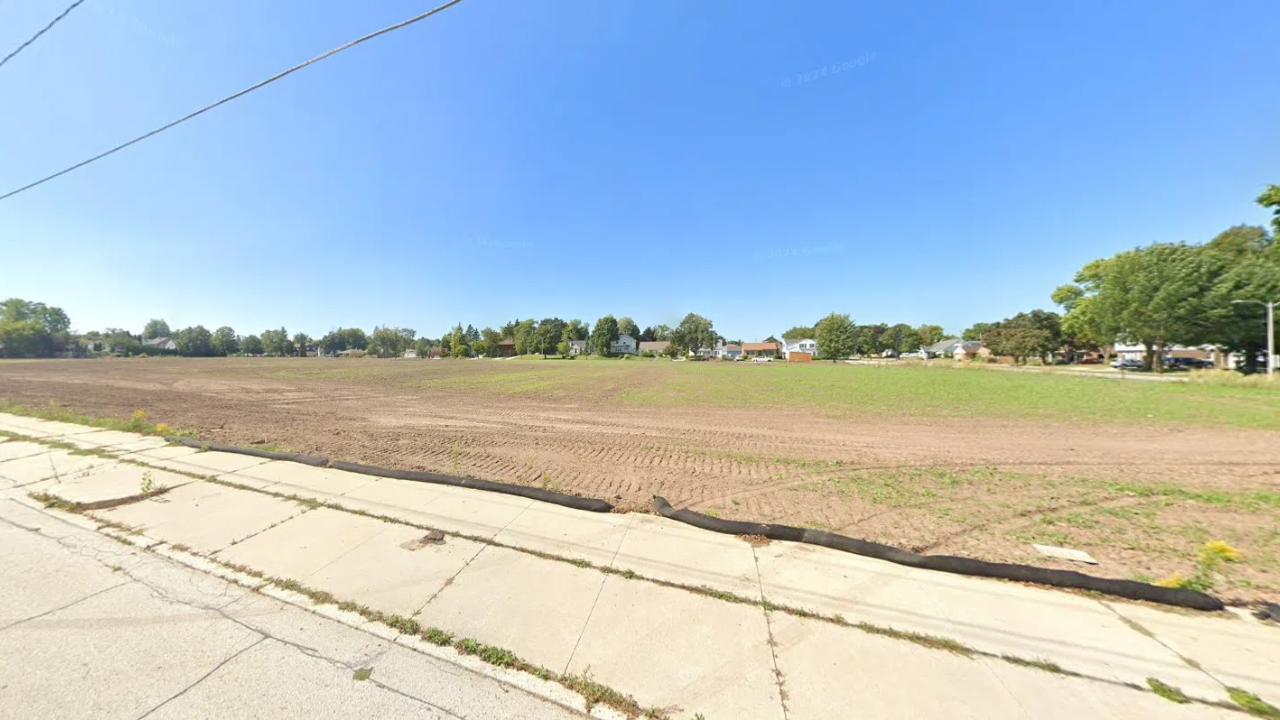The Sheboygan Common Council recently approved a plan to redevelop the former Aurora Memorial Medical Center site by creating a new Tax Incremental District (TID). This decision has set off a heated discussion among residents, officials, and community stakeholders about the city’s use of tax incentives and future growth strategy.
On May 19, 2025, the council voted 9-1 in favor of establishing TID 25 on the 7-acre property located between North 6th and 7th Streets on North Avenue, the site of the now-closed hospital. The sole opposing vote came from Alder Grazia Perella, who expressed concerns over the legitimacy of using a TID for this project.
What is a Tax Incremental District (TID)?
A Tax Incremental District is a financing tool used by municipalities to encourage development or redevelopment within a specific area. When a TID is created, property taxes on the base value are frozen. Any increase in property tax revenue generated by new development the “increment” is then reinvested in improvements within the district, such as infrastructure upgrades or incentives for developers.
The Wisconsin Department of Revenue explains that TIDs are intended for areas that are “blighted, substandard, or in need of rehabilitation or conservation.
The Proposed Development Plan
The approved plan involves converting the former hospital site into a residential neighborhood featuring 21 single-family homes. Proponents of the project argue that this development will bring much-needed housing to the area, improve property values, and revitalize the neighborhood.
District 2 Alder John Belanger, a strong supporter of the plan, noted that the development could generate increased property tax revenues for the city in the future. He also highlighted that upgrading the aging sewer infrastructure in the neighborhood would be part of the project, addressing longstanding public utility concerns.

Concerns and Controversies
Despite the support, many residents and critics have voiced strong opposition to the plan. A major point of contention is whether the site qualifies for TID status. Opponents argue that the property is neither blighted nor environmentally damaged, which they say should disqualify it from receiving public tax incentives.
Another concern relates to the financial arrangement of the project. The city is transferring ownership of the land valued at around $1.4 million to the developer at no cost. On top of this, the developer is set to receive more than $1.5 million in tax incentives funded by the TID. This has led to questions about whether taxpayers are effectively subsidizing a private real estate development.
Some community members worry this sets a precedent for future giveaways and may not represent the best use of public funds.
Balancing Growth and Accountability
The debate over TID 25 reflects broader challenges cities face in balancing economic growth, neighborhood revitalization, and fiscal responsibility. Local governments often rely on tools like TIDs to attract investment in underutilized areas, but these programs require careful oversight to ensure they deliver promised benefits.
According to the U.S. Department of Housing and Urban Development (HUD), revitalization efforts like this need to “enhance the quality of life for existing residents while promoting sustainable growth.
Supporters believe the Sheboygan project fits this description, as it aims to fill a housing gap and improve infrastructure. Critics, however, want more transparency and accountability before public resources are committed.
What’s Next?
With TID 25 approved, the developer can move forward with plans for construction. The city will oversee the project’s progress and manage the incremental tax revenues to fund public improvements in the district.
Residents and council members alike will be watching closely to see if the project delivers on its promises of revitalization and growth without burdening taxpayers unnecessarily.


